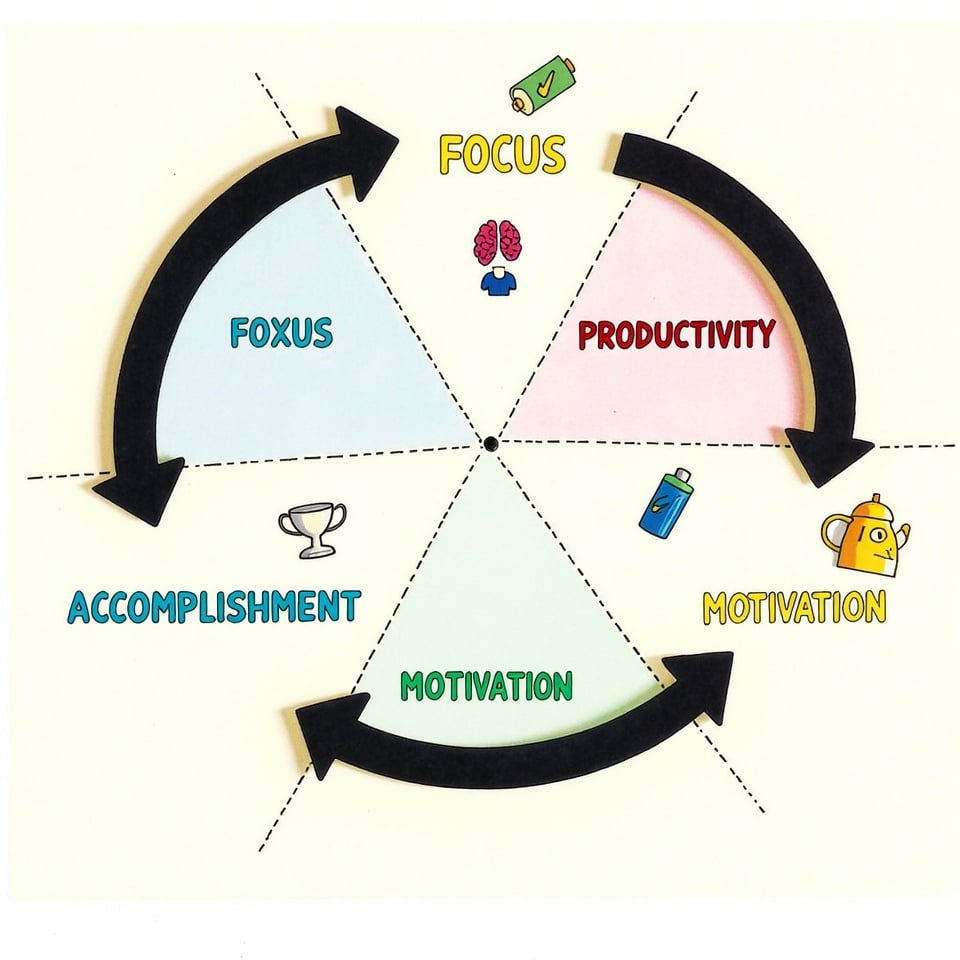I’ve been there — staring at a sentence that just doesn’t seem to end. If you’re like me, you’ve struggled with run-on sentences in your writing.
In this article, I’ll share practical tips on how to fix and prevent them, making your writing clearer and more engaging.
Let’s dive in!
What are run-on sentences?
Run-on sentences are sentences that contain two or more independent clauses — that is, clauses that could stand alone as separate sentences — without proper punctuation or conjunctions to separate them.
In other words, a run-on sentence is like trying to cram two or more complete thoughts into one sentence, without giving the reader a break.
Examples of run-on sentences
Let’s take a look at some examples of run-on sentences to see what they look like.
Example 1: Multiple actions without punctuation
“I went to the store and I bought milk eggs and bread I was hungry so I ate a sandwich on the way home.”
This sentence is a run-on because it contains three independent clauses:
- “I went to the store”
- “I bought milk eggs and bread”
- “I was hungry so I ate a sandwich on the way home”
These clauses are connected with a conjunction (“and”), but there’s no punctuation to separate them. A better way to write this sentence would be:
“I went to the store, and I bought milk, eggs, and bread. I was hungry, so I ate a sandwich on the way home.”
Example 2: Missing conjunctions and punctuation
“I love reading books especially science fiction and fantasy novels they transport me to another world and help me relax.”
This sentence is a run-on because it contains two independent clauses:
- “I love reading books especially science fiction and fantasy novels”
- “they transport me to another world and help me relax”
These clauses are not connected with a conjunction, and there’s no punctuation to separate them. A better way to write this sentence would be:
“I love reading books, especially science fiction and fantasy novels. They transport me to another world and help me relax.”
Example 3: Independent clauses without punctuation
“I have a big test tomorrow I’m studying hard but I’m still feeling anxious about it.”
This sentence is a run-on because it contains two independent clauses:
- “I have a big test tomorrow”
- “I’m studying hard but I’m still feeling anxious about it”
These clauses are connected with a conjunction (“but”), but there’s no punctuation to separate them. A better way to write this sentence would be:
“I have a big test tomorrow. I’m studying hard, but I’m still feeling anxious about it.”
In each of these examples, the sentences are run-ons because they contain multiple independent clauses that aren’t properly connected with punctuation or conjunctions. By adding punctuation and conjunctions, we can make the sentences clearer and easier to read.
How to fix run-on sentences?
To fix a run-on sentence, you have a few options:
- Split it into two separate sentences: This is the simplest solution. Just break the sentence into two separate sentences, each with its own independent clause.
Example: “I went to the store. I bought milk, eggs, and bread.”
- Use a conjunction: You can use a conjunction like and, but, or, nor, for, so, or yet to connect the two independent clauses.
Example: “I went to the store, and I bought milk, eggs, and bread.”
- Use a semicolon: A semicolon can be used to separate two independent clauses that are closely related.
Example: “I have a big test tomorrow; I’m studying hard to prepare for it.”
- Use a subordinating conjunction: You can use a subordinating conjunction like because, since, after, although, if, unless, or until to connect the two clauses.
Example: “I’m studying hard because I have a big test tomorrow.”
By using one of these methods, you can fix run-on sentences and make your writing clearer and more readable.
Types of Run-on Sentences
Run-on sentences come in two main forms: fused sentences and comma splices.
1. Fused Sentences
A fused sentence is a type of run-on sentence where two independent clauses are joined without any punctuation or conjunctions. It’s like slamming two sentences together without a break.
Example: I went to the store I bought milk and eggs.
To fix a fused sentence, you can add a period, semicolon, or conjunction to separate the two clauses.
2. Comma Splices
A comma splice is a type of run-on sentence where two independent clauses are joined with a comma, but without a conjunction. It’s like using a comma to hold together two sentences that don’t belong together.
Example: I went to the store, I bought milk and eggs.
To fix a comma splice, you can add a conjunction after the comma, use a semicolon instead of a comma, or separate the two clauses into two separate sentences.
Other Types of Run-on Sentences
There are also other types of run-on sentences, including:
- Polysyndeton: A sentence with multiple conjunctions connecting multiple independent clauses.
Example: I went to the store, and I bought milk, and I bought eggs. - Compound-complex sentences: A sentence with multiple independent and dependent clauses.
Example: I went to the store because I needed milk, and I bought eggs too.
By recognizing these types of run-on sentences, you can take the first step towards fixing them and improving your writing clarity.
FAQs
How do you fix a run-on sentence?
There are several ways to fix a run-on sentence. You can:
- Split the sentence into two separate sentences
- Use a conjunction (like and, but, or) to connect the two clauses
- Use a semicolon to separate the two clauses
- Use a subordinating conjunction (like because, since, after) to connect the two clauses
- Use a relative clause to connect the two clauses
How do I avoid run-on sentences?
To avoid run-on sentences, follow these tips:
- Use punctuation: Use periods, semicolons, or commas with conjunctions to separate independent clauses.
- Use conjunctions: Use words like and, but, or, and so to connect clauses.
- Use subordinating conjunctions: Use words like because, since, and after to connect dependent clauses to independent clauses.
- Read your writing out loud: This can help you identify sentences that sound like they’re running on.
- Edit and revise: Take the time to review your writing and break up long sentences into shorter ones.
How to identify a run-on sentence?
To identify a run-on sentence, look for these signs:
- Two independent clauses: Check if the sentence contains two clauses that could stand alone as separate sentences.
- Lack of punctuation: Check if the sentence is missing a period, semicolon, or comma with a conjunction.
- Long sentence: Be wary of sentences that are too long or convoluted.
- Confusing meaning: If a sentence is hard to understand, it might be a run-on sentence.
- Read it out loud: If the sentence sounds like it’s running on when you read it out loud, it probably is.







